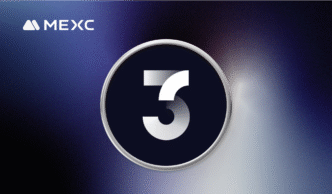On your first day at that office job, you probably heard the manager rant and rave about how you needed to improve on your people skills. We live in communities whether it be in the office or at home. Quick and timely signals are golden. Virtual reality is no exception. A decade ago, you would have been lauded for coming up with a virtual system. Trends show this is no longer enough. The setup has to duplicate the human experience of conveying a message and getting immediate feedback. A loop that moves from the user to the system. Head-gears have been successful in this regard. The previous approach borrowed from how people watch television. Simply sit down and stare at some prerecorded video. The only difference was you had a headset strapped to your head. Engagement was zero and the user is docile.
Customers were bored stiff and designers had to make a change. Disney Quest in Orlando made improvements in stride. Users were able to take on virtual tasks but immersion still left a lot to be desired. For better correspondence three things have to be considered. Speed, Range and Mapping. Speed is the ease with which your actions are recorded by the system and how fast this are relayed back to you. Range is the different outcomes, which are drawn from any of your responses. Mapping measures how well the unit can replicate the real world.
The freedom of movement is a plus. The user directs and controls the entire experience. It becomes a physical experience as opposed to a visual or auditory experience. Without movement, users have nothing to anticipate. To pass the user satisfaction test, replicas will be required connect with users. Being sensitive to activity and providing necessary feedback are the features most will be looking for.











